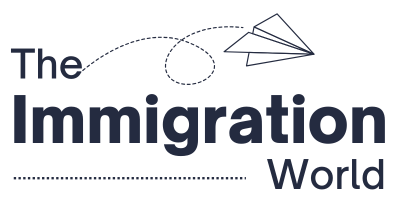Europe has long been the dream destination for skilled professionals, and in 2026, that reputation only grows stronger. The continent’s mix of economic stability, thriving industries, and focus on quality of life makes it a magnet for global talent. Even as other regions tighten entry rules, several EU nations are actively encouraging foreign workers to fill skill gaps in engineering, healthcare, and IT.
Key Takeaways
Why Europe Remains a Top Destination for Job Seekers in 2026
What’s even more appealing is that Europe’s work culture continues to prioritize balance, flexible hours, generous vacations, and strong worker protections. The demand for international talent is rising, and instead of creating barriers, countries are offering smoother and cheaper routes into their labor markets. From Germany’s simplified Blue Card pathway to Spain’s budget-friendly Digital Nomad Visa, 2026 is shaping up to be one of the most accessible years for professionals wanting to work and live in Europe.
Compare the Cheapest Work Visa Options in Europe — Start Here.
We connect you with trusted immigration experts who simplify the entire process — from paperwork to approval.
What Makes a Work Visa “Affordable” in the EU Context
When people talk about “cheap work visas,” they’re not just referring to the price tag on the application. In Europe’s case, affordability comes down to several interconnected factors: application fees, processing time, renewal costs, and, of course, the cost of living once you land the job. A visa that costs €70 but leads you to a city with sky-high rent may not feel particularly affordable in the long run.
For instance, countries like Germany and Spain keep their initial visa fees low, making them budget-friendly at the start. Meanwhile, nations such as France or Finland charge more upfront but provide longer validity or faster routes to residence permits. The total cost also depends on documentation, language tests, and health insurance, which can vary significantly from one country to another. So, “affordable” doesn’t always mean the cheapest; it often means the best balance between what you pay, how long it lasts, and what you gain from it.
Also Read: Are New Visa Rules Shutting Out Skilled Green Workers in the UK?
In contrast, countries like Denmark or Ireland, though popular, tend to have higher living costs and processing fees. That’s why the nine countries highlighted here stand out; they offer relatively low financial entry points without compromising on professional opportunity or quality of life.
The 9 EU Countries Offering the Cheapest Work Visas in 2026
Now to the main question: where can you get a European work visa without draining your savings? Let’s explore the nine EU countries that have struck the best balance between affordability, opportunity, and ease of entry.
Germany continues to be a top contender with its Skilled Worker Visa and EU Blue Card, both costing around €75. These visas are valid for one year and renewable, giving professionals a secure start. Engineers, IT experts, and healthcare specialists are especially in demand, and Germany’s long-term residency options make it a smart pick for anyone thinking ahead.
Spain has become an unexpected favorite among remote workers with its Digital Nomad Visa, priced at about €80. Valid for one year, it’s perfect for tech professionals, designers, and freelancers who want a sunny base without breaking the bank. Spain’s relaxed lifestyle and growing digital infrastructure make it a cost-effective European home for remote professionals.

Luxembourg, though small, punches above its weight with the EU Blue Card priced at €80, covering stays of up to eight years. That’s one of the longest validity periods in Europe. It’s ideal for those in finance, technology, and healthcare, offering both long-term stability and a multilingual work environment right in the heart of Europe.
Poland offers the D-Type National Work Visa for roughly €135, valid for a year. It’s a great entry point for professionals eyeing the European market for the first time. Poland’s economy is growing fast, with opportunities in agriculture, tourism, and IT, and its overall cost of living remains one of the lowest in the EU.
Austria has its popular Red-White-Red Card, which costs around €160 and lasts two years. The visa focuses on skilled professionals in engineering and healthcare, offering a direct pathway to residence and family reunification. With Austria’s strong social systems and high living standards, this visa is a smart middle ground between cost and comfort.
Also Read: How to Appeal a Rejected US Visa in 2026
Sweden’s general work permit, at about €182, gives up to two years of legal work stay. While the upfront cost is slightly higher, Sweden makes up for it with one of Europe’s most modern work environments and strong demand for IT, R&D, and engineering talent. It’s also one of the easiest countries for English-speaking professionals to integrate into.
France’s Talent Passport visa comes at approximately €324, allowing up to four years of residence and work. While it’s not the cheapest, it’s one of the most flexible and prestigious options, particularly for professionals in tech, finance, or the arts. The longer validity period and access to France’s robust labor rights justify the cost for many.
The Netherlands offers the Highly Skilled Migrant Visa, priced around €405, valid for five years. It’s known for its efficient digital process and fast route to permanent residence. English is widely used in Dutch workplaces, and the country attracts a steady influx of IT specialists, engineers, and startup founders. Despite a higher fee, the return on investment in career growth and lifestyle is notable.
Finally, Finland’s Specialist Permit, costing about €490, lasts one to two years. It’s aimed at highly qualified professionals in software, data science, and research, and boasts one of the fastest processing times in Europe. Finland’s innovation-driven economy, coupled with strong family and social benefits, offsets its higher costs.
In short, if you’re focused purely on minimizing upfront expenses, Germany and Spain lead the pack. But if you value long-term career potential and stability, Luxembourg, the Netherlands, and Finland might be worth the higher initial fee.
Also Read: How Much Does an H-1B Lawyer Cost in the US?
Which Country Offers the Best Value for Skilled Professionals
Cost alone doesn’t tell the full story. “Value” is where the real decision lies. Germany, for instance, may have low visa fees, but its combination of job security, high salaries, and structured PR pathways makes it a high-value destination overall. It’s especially attractive to those planning to settle permanently.
Spain’s affordability is appealing for freelancers or digital nomads who prioritize lifestyle over career climbing. Its visa may not lead directly to permanent residency, but for professionals wanting flexibility, it’s a solid pick. Luxembourg, meanwhile, offers long-term stay potential and multilingual work environments that give professionals an edge in the broader EU market.

The Netherlands and Finland stand out for innovation-driven ecosystems. They may charge more, but their high-tech industries, digital infrastructure, and accessible PR routes ensure strong career growth. The return on investment here is in long-term opportunities, not just lower visa fees.
If you’re seeking stability, competitive pay, and easier family inclusion, Austria and Sweden also offer balanced options. Both nations welcome highly skilled workers and provide benefits that go far beyond cost, like top-tier healthcare, education, and overall life satisfaction.
How to Apply for a Work Visa in These Countries
Although the requirements vary by country, most EU work visa processes share a similar core structure. The journey typically begins with securing a job offer from an approved employer. This step is crucial because most European work permits are tied to employment contracts. Once you have that, the employer often helps initiate the visa process or provides the necessary documentation.
Also Read: Can You Get PR in Germany Without a Lawyer in 2025?
Next comes visa application submission, which can now be done online in several countries, such as the Netherlands and Finland. Applicants usually need to provide a valid passport, employment contract, proof of qualifications, health insurance, and evidence of sufficient financial means. The processing time can range anywhere from a few weeks (Finland and Germany) to a couple of months (France or Sweden), depending on the embassy and workload.
Most of these visas can be renewed if your job continues, and many allow for family reunification. What’s changing in 2026 is the continued digitalization of visa systems with online portals, e-documents, and tracking options, making the process far more transparent. Some countries, like Austria and Luxembourg, are also simplifying the criteria for skilled professionals, signaling a welcoming trend for global workers.
Final Thoughts: Choosing the Right European Destination for Your Career
Choosing where to work in Europe isn’t just about visa costs; it’s about matching your skills and ambitions with the right environment. Germany and Spain offer great affordability for first-time movers. Austria and Sweden provide stability and quality of life, while the Netherlands and Finland deliver exceptional opportunities for innovation-driven careers.
Before deciding, it’s worth looking beyond the visa fee and considering language, industry demand, long-term settlement prospects, and living costs. A cheaper visa might save you money upfront, but a well-structured program with strong PR pathways could transform your future in the long run.
In 2026, Europe’s work visa landscape is more open, affordable, and dynamic than ever. Whether your goal is short-term experience or a long-term move, one of these nine countries likely fits your plans. The key is to balance affordability with opportunity and to view the visa not as a cost, but as an investment in a globally mobile career.





